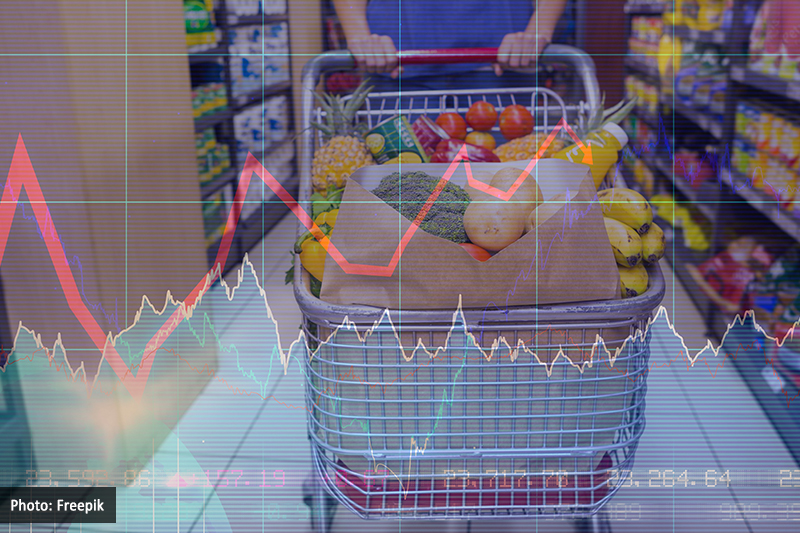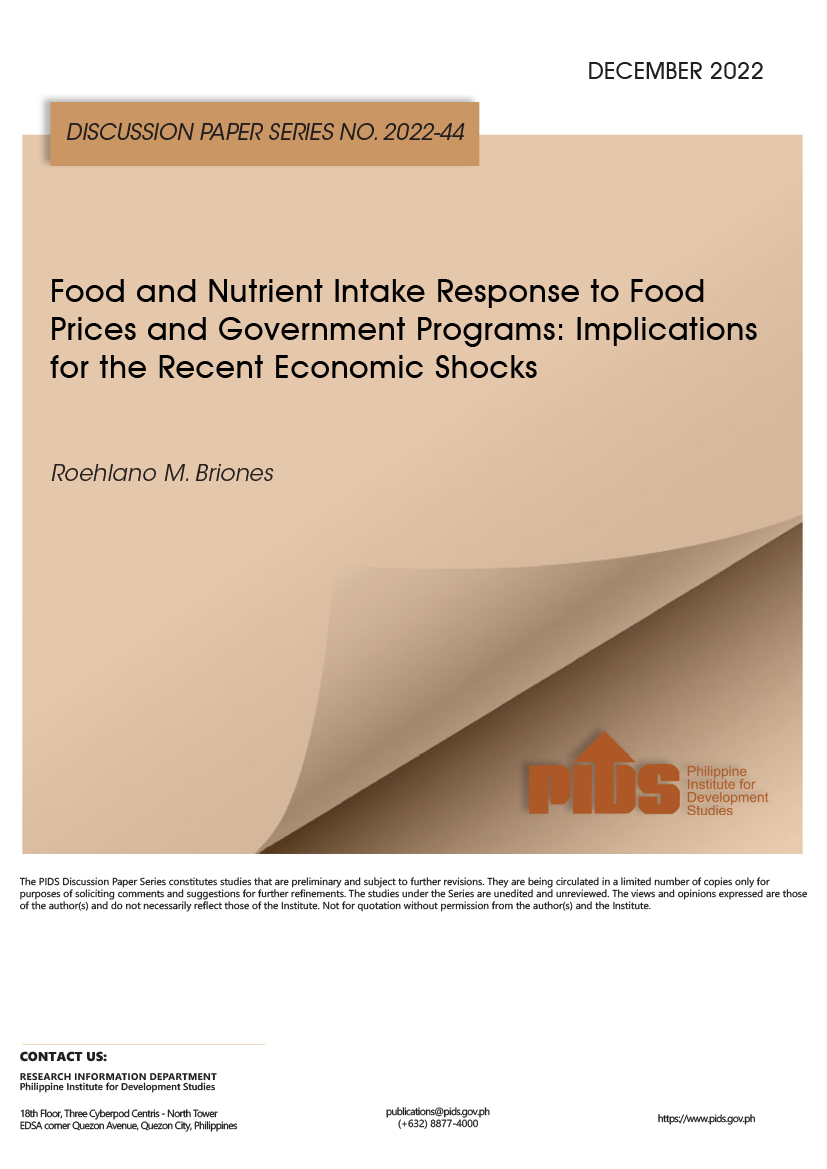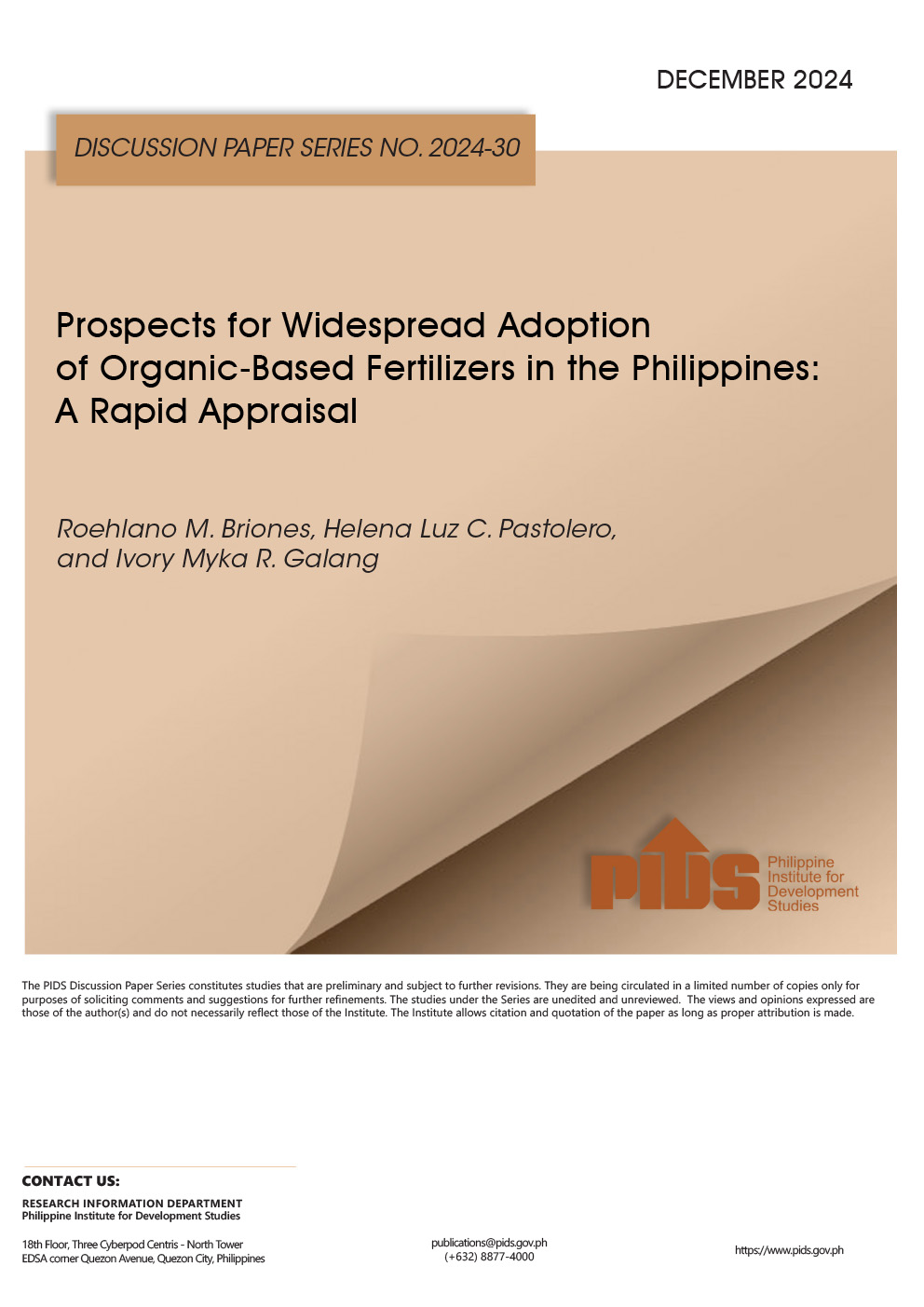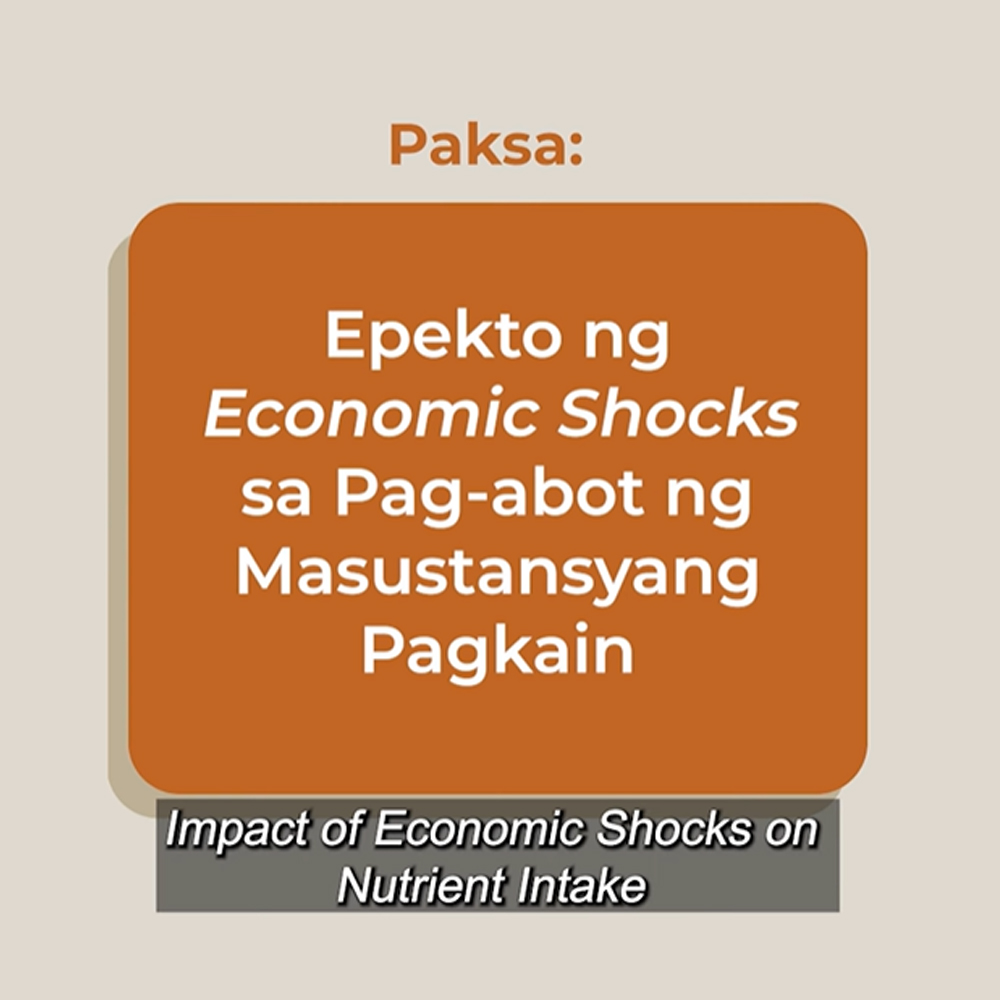
The government must pursue trade liberalization and other cost-effective policies to make food more affordable to Filipino consumers.
This was according to a recent study published by state think tank Philippine Institute for Development Studies (PIDS) and authored by Senior Research Fellow Roehlano Briones.
Prior to the pandemic, the nutritional status of Filipino children was already a serious concern. Adding to the recent rounds of food price inflation, Briones said these economic shocks are likely to have an adverse impact on food consumption and nutrient intake at the household level, leading to worsening nutritional status.
Rather than implementing financially unsustainable price subsidies, Briones said that implementing liberalization measures to improve food affordability is more cost-effective and something that the government should pursue aggressively when nutrition security is under threat.
The food groups that contribute most to the Filipinos’ energy, protein, and micronutrient intake—including rice, cereals, fish, meat, and poultry—are all produced under high levels of trade protection against cheaper imports. According to Briones, this has the unfortunate consequence of reducing the affordability of nutrient-rich foods.
“The sooner the government dismantles high tariffs and overly strict (and often arbitrary) application of sanitary and phytosanitary standards on these major consumer goods, the more affordable these items become, especially to the poor,” he said.
The paper, which assessed the implications of the COVID-19 pandemic and the rising inflation to food and nutrient intakes of Filipinos, revealed that the Bayanihan programs effectively countered the adverse nutrition impacts. However, Briones emphasized that these programs are “very expensive and are not sustainable”.
“One way to keep the fiscal cost down is to target cash transfers to the most vulnerable groups—the poorest households,” Briones said.
Lastly, the agricultural policy expert urged stakeholders to improve value chain productivity. There is a potential to boost competitiveness against cheap imports, raising the incomes of food producers, processors, and distributors.
“Productivity improvements by lowering production and logistics costs tend to make food more affordable. Identifying the right investments and suitable actors along the value chain to realize these productivity improvements poses a real challenge to agro-industrial policy; however, the potential benefits are too large to ignore this approach to food policy,” he said.
This press release is based on the PIDS study “Food and Nutrient Intake Response to Food Prices and Government Programs: Implications for the Recent Economic Shocks”. ###











